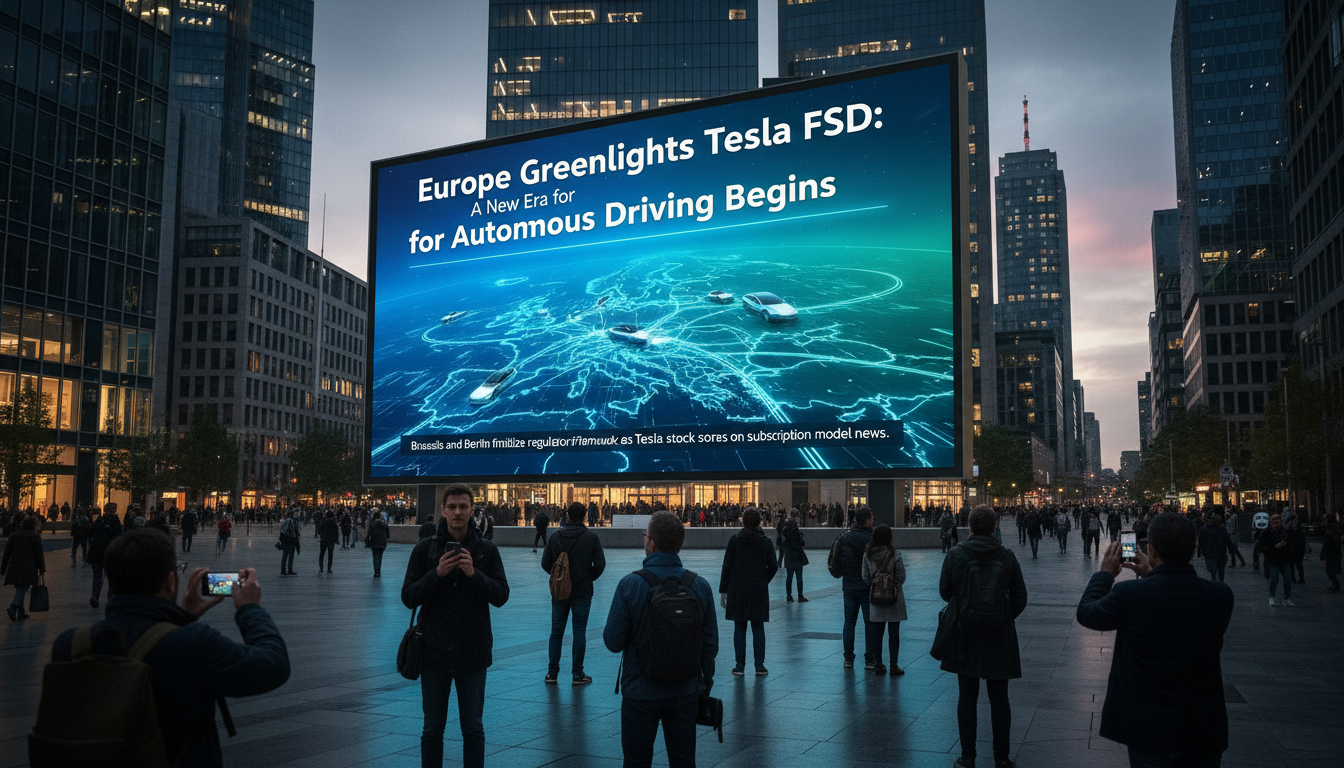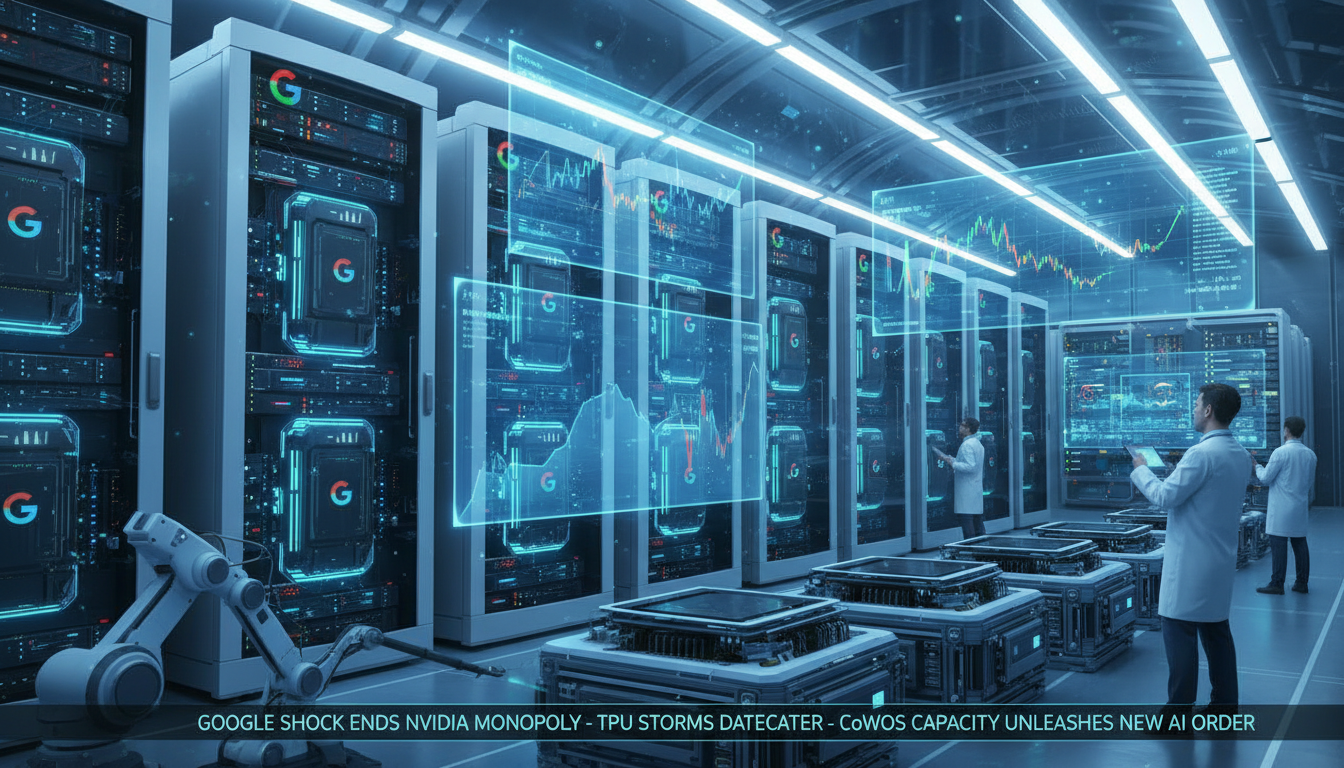*Source: 서울경제TV
삼성의 XR 혁신! 구글·퀄컴과 함께한 미래 기술!
● Samsung’s XR Revolution Galaxy SR Ignites Market Disruption
Samsung’s XR Innovation: How Galaxy SR and ‘Project Infinity’ Will Change the Game — The Significance of Hardware, OS, and AI Alliance, and Market/Investment Points All At a Glance
Key content covered in today’s article: Specifications and differentiators of Samsung’s Galaxy SR, the strategic significance of the triangular alliance (Project Infinity) with Google and Qualcomm, global XR market size and growth rate outlook, practical application examples in industry, healthcare, and education, risks in content and ecosystem, and related stocks (component, platform suppliers) for investors to watch, all summarized.
Key News Summary: Samsung, Google, Qualcomm’s ‘Project Infinity’ and the Galaxy SR Unveiled
Samsung has officially entered the XR (Extended Reality) market and unveiled the Galaxy SR.
Samsung has formed a triangular cooperation structure with Google handling OS and app ecosystem, and Qualcomm handling chipsets, announcing the product under the joint brand ‘Project Infinity’.
It was announced that the Galaxy SR is equipped with Qualcomm’s latest Snapdragon XR2 Plus Gen 2 chipset.
The display boasts a 4K micro OLED with approximately 29 million pixels in total, emphasizing clarity.
The operating system, the ‘Android XR platform,’ jointly developed by Samsung, Google, and Qualcomm, is being applied for the first time, making it possible to utilize existing Google services (Maps, Photos, YouTube, etc.) directly in the XR environment.
The AI function comes with Google’s multimodal AI ‘Gemini’ (including real-time conversational Gemini Live) by default, implementing natural interactions based on voice, gaze, and gestures.
Technical Distinction of the Product
1) Hardware Completeness: It emphasized the reduction of long-term wear burden by lightweight design and high-resolution display.
2) Software and Service Connectivity: Ensuring the portability of existing apps with the Android XR platform is key.
3) AI Interaction: It aims for a ‘gaze-operated UX’ by integrating recognition of the user’s gaze, gestures, and facial expressions.
4) Price Positioning: The initial price disclosed hints at a ‘reasonable price’ strategy that is nearly half the price of competing products (like Apple Vision Pro).
Industrial Application Cases — Points Not Covered Well in the Media
1) Enterprise Adoption in Shipbuilding, Education, Healthcare is a core focus.
Samsung Heavy Industries is setting up a virtual shipyard training, replacing ship engineering practice with XR, among other projects.
In the medical field, simulation-based education and product display tests are examples of practical collaboration cases rapidly expanding.
2) Fashion and Daily Integration: Collaboration with Gentle Monster has been formalized for a ‘daily use smart glasses’ lineup, aiming to expand consumer usability.
Market Size and Economic Significance
The current global XR market size is about 37.9 billion USD (approximately 54 trillion KRW).
The compound annual growth rate (CAGR) is estimated to be over 28%, and the market size is expected to expand to approximately 84.8 billion USD by 2029.
This growth potential is likely to trigger new platform economy and digital transformation demand from the ‘global economic’ structural transition perspective.
Competitive Landscape and Pricing Strategy
Meta (Quest) and Apple (Vision Pro) have established themselves as the existing top two, but Samsung aims to quickly capture market share through a reasonable price and strong hardware/service integration.
Particularly, the differentiation point lies in the ability to simultaneously stimulate consumer and enterprise demand by emphasizing price merit.
Content Ecosystem and Limitations (Risks)
1) Content Shortage: Despite high completeness of the device, expansion is limited if diverse apps and content are not rapidly secured.
2) Technical Constraints: Issues like heat, battery life, and weight remain challenges to be addressed.
3) Platform Dependency Risk: How quickly the Android XR-based ecosystem can attract developers and services is crucial.
Investor Perspective — Checklist and Related Stocks
Key investment points: hardware components (display, optics, sensors), chipset (Qualcomm), software/content (possible collaboration with Google, Naver), industrial solutions (Samsung Heavy Industries, etc.).
Related stocks mentioned (examples): LG Innotek (camera modules, sensors), Raontec (related to microdisplay technology), Turnic System, Igiz Studio, and other companies related to XR/AR production.
Investment Risks: Speed of content acquisition, intensifying global competition, regulatory/privacy issues, and uncertainty in component supply chains.
Most Important Insights Not Often Covered by Other Media
1) Strategic Significance: Samsung’s alliance (Google+Qualcomm) aims beyond mere product partnership to ‘platform dominance’.
As Android XR proliferates, there’s a huge potential for the existing base of hundreds of millions of Android developers to quickly transition to the XR app ecosystem.
2) Impact of Price Strategy: Samsung’s price positioning may serve as a ‘market penetration weapon’ against Apple and Meta’s premium-ecosystem model.
3) Supply Chain Opportunities: The demand for high-resolution micro OLED, optical modules, IMU/sensors, cooling, and battery solutions may act as leading indicators of performance improvement for parts suppliers.
4) Enterprise Transition Potential: If practical adoption cases in industry, education, and healthcare grow rapidly, a ‘B2B revenue axis’ beyond consumer devices will open up.
5) Data/Privacy Regulatory Risk: The handling of sensitive data such as indoor location and gaze tracking could increase regulatory risk, potentially slowing global expansion.
Strategic Recommendations — Corporate and Investment Checkpoints
1) Component Suppliers: Check capabilities and scalability in supplying micro OLED, optics, and sensors, and diversification of customer base.
2) Platform and Content Companies: Watch Android XR app porting strategy and integration level of Google-associated services.
3) Finished Product Manufacturers: Key factors include price competitiveness, quality, weight and battery improvement roadmaps, and enterprise solutions (industrial/medical) acquisition level.
4) Regulation and Safety: Preemptively review the possibility of legal regulation applications in user data protection and medical simulation.
Short-term and Mid-term Scenarios
Short-term (6–12 months): Initial product demand focused on ‘early adopters and enterprise adoption’, and market response may show volatility depending on supply chain and content acquisition speed.
Mid-term (1–3 years): As developers and services flow into the Android XR ecosystem, consumer and enterprise demand will expand significantly, and the market will enter a high-growth phase.
Long-term (3 years or more): XR, combining AI and immersive computing, could become the core interface of new digital platforms (mini metaverse, remote collaboration, industrial simulation).
Conclusion — Summary from Investment and Strategic Perspective
Samsung’s Galaxy SR and ‘Project Infinity’ herald the beginning of a platform competition beyond the mere release of a product.
In the global economic structure, XR has significant potential to be a new growth engine, particularly from a ‘market size’ and ‘growth rate’ perspective.
Investors must select stocks centered on component supply chain, platform/content procurement capability, and the potential expansion of enterprise applications.
Concurrently, risk management considering technical constraints like heating, battery, and content as well as regulatory risks is essential.
[Related Articles…]
Summary of the Galaxy SR Unveiling and ‘Project Infinity’ — Analysis of Samsung’s Strategic Alliance
XR Market Growth and Investment Points — Analysis of Corporate Beneficiaries
< Summary >
The Galaxy SR announced by Samsung with Google and Qualcomm (Project Infinity) presents a competitive combination of hardware and software through high-resolution micro OLED, Snapdragon XR2 Plus Gen 2 chipset, Android XR platform, and Google Gemini AI integration.
The global XR market is expected to grow annually by about 28% from a size of approximately 37.9 billion USD to around 84.8 billion USD by 2029.
The main risks include content scarcity, technical issues like battery and heat, as well as regulatory and ecosystem expansion speed.
Investors should evaluate growth potential and risks by focusing on component suppliers, platform/content companies, and industrial solution providers.



